Does Your Cat Need Socialization or Space?

Does Your Cat Need Socialization or Space?
Find out how to meet your cat's social needs with the right balance of companionship and solitude.
Importance of Socialization for Cats
Socializing cats from a young age is crucial for their overall well-being and behavior development. Feline friendships play a significant role in a cat's life, influencing their social skills and emotional health. Cats that are well-socialized tend to exhibit fewer behavior problems, such as aggression or excessive shyness, compared to those lacking proper social interactions.
When cats engage in positive social interactions, they develop important social skills that enable them to communicate effectively with other felines and even humans. These skills include understanding body language, vocalizations, and appropriate play behavior. Cats that have been adequately socialized are more likely to form strong bonds with their owners and other pets in the household, leading to a harmonious living environment.
Encouraging socialization in cats can be achieved through gentle introductions to other cats, supervised play sessions, and providing opportunities for social interactions in a safe and controlled environment. By prioritizing socialization early on, cat owners can help their feline companions develop the necessary skills for forming lasting feline friendships and thriving in various social settings.
Signs Your Cat Craves Interaction
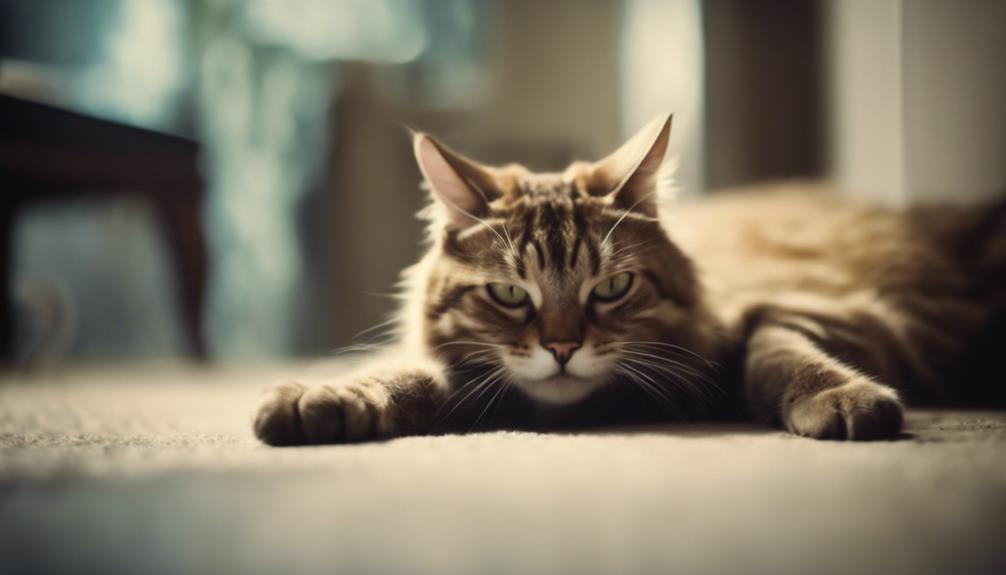
Cats that crave interaction often display subtle yet observable behaviors that indicate their desire for social engagement. These signs can help cat owners recognize when their feline friends are seeking more interaction:
- Increased Vocalization: Cats may meow more frequently or loudly to grab attention and initiate communication.
- Pawing or Nudging: When a cat gently paws at their owner or nudges them, it can be a sign of seeking interaction and physical contact.
- Following Around: Cats that follow their owners from room to room may be seeking companionship and interaction.
- Bringing Toys: Cats may bring their favorite toys to their owners as a way to initiate playtime bonding.
Recognizing these signs can help cat owners provide the necessary social interaction their pets crave. Engaging in playtime bonding sessions and incorporating interactive toys can help fulfill a cat's need for companionship and mental stimulation. By understanding these behaviors, cat owners can create a more enriching environment for their beloved feline companions.
Creating a Cat-Friendly Environment
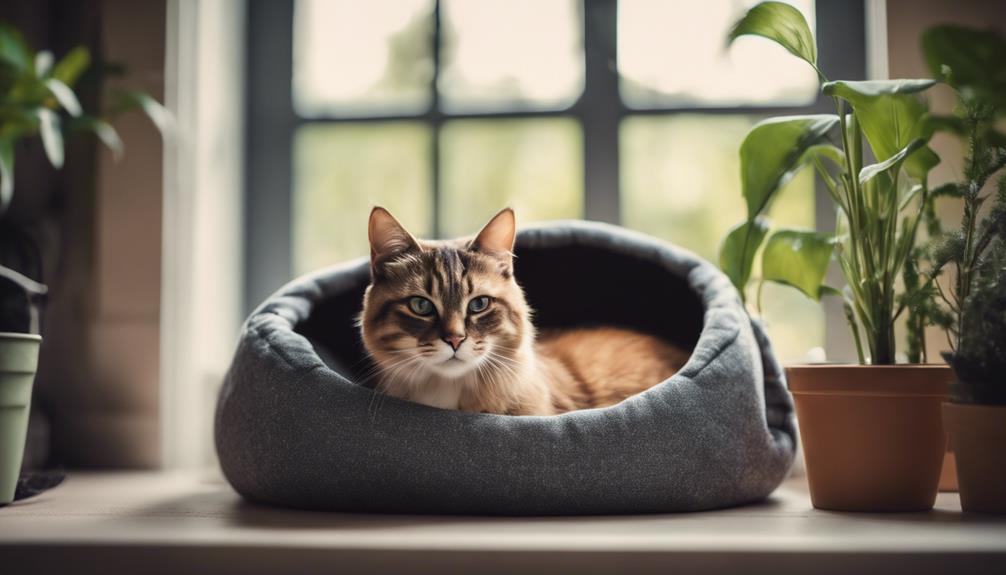
When designing a cat-friendly environment, it's crucial to provide ample space for exploration to satisfy their natural curiosity.
Additionally, incorporating enrichment activities like interactive toys and climbing structures can keep cats mentally stimulated and physically active.
Space for Exploration
Ensuring ample vertical space for climbing and perching is crucial in creating a cat-friendly environment that promotes exploration and physical activity. Cats naturally enjoy heights and having vertical spaces available can satisfy their instinctual behaviors.
To enhance your cat's environment, consider the following:
- Tall cat trees: Provide opportunities for vertical exploration and a sense of security.
- Wall shelves: Create pathways for your cat to navigate the room from above.
- Window perches: Offer a cozy spot for your cat to observe outdoor adventures.
- Cozy hideaways: Include enclosed spaces like cat condos or enclosed beds for your cat's comfort.
Enrichment Through Play
Providing interactive toys and puzzles can enhance a cat-friendly environment, promoting mental stimulation and physical activity for your feline companion. Interactive toys, such as feather wands, puzzle feeders, and laser pointers, engage a cat's natural instincts and provide mental enrichment.
Playtime offers bonding opportunities between the cat and their human, strengthening their relationship. Cats benefit from physical activity through play, reducing stress and preventing obesity. Rotating toys regularly can prevent boredom and keep the cat mentally sharp.
It's essential to offer a variety of toys that cater to different play styles, ensuring the cat stays engaged and stimulated. By incorporating interactive toys into your cat's environment, you can create a stimulating and enriching space that promotes their overall well-being.
Balancing Socialization and Alone Time
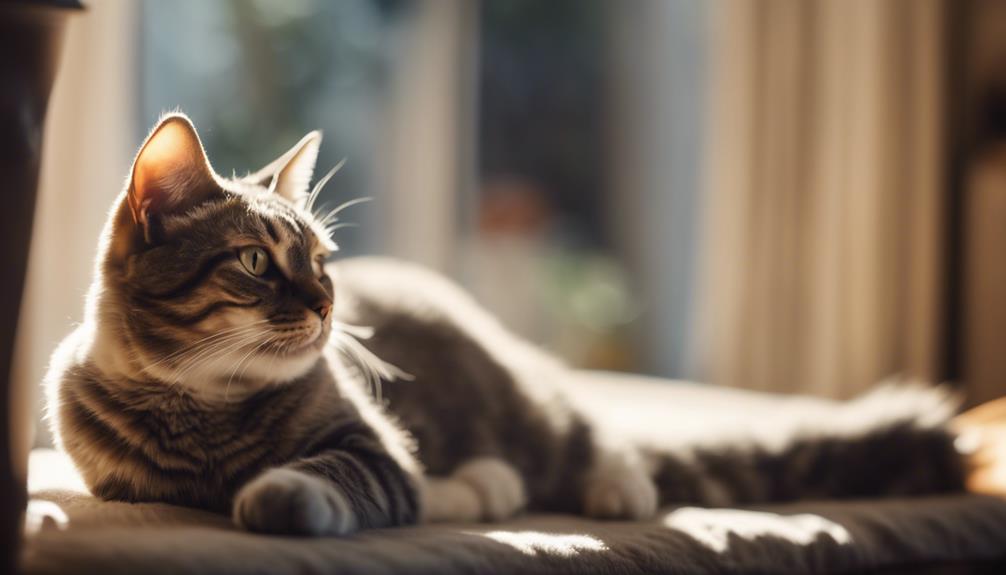
In achieving a harmonious balance between socialization and alone time for cats, it's essential to understand their individual needs and preferences. Cats, like humans, require a mix of social interaction and personal space to thrive.
Here are some key considerations to help you strike the right balance:
- Alone time: Cats, being independent creatures, need time alone to recharge and relax. Providing them with designated quiet spaces where they can retreat to undisturbed is crucial for their well-being.
- Bonding opportunities: Despite their independent nature, cats also benefit from bonding moments with their owners. Engage in activities like gentle petting, interactive play sessions, or simply spending quality time together to strengthen your bond.
- Personal space: Cats value their personal space and territory. Ensure they've access to hiding spots, high perches, and scratching posts to help them feel secure in their environment.
- Social skills: Encourage positive social interactions with other pets or humans to help your cat develop essential social skills and prevent loneliness.
Benefits of Providing Cat Space
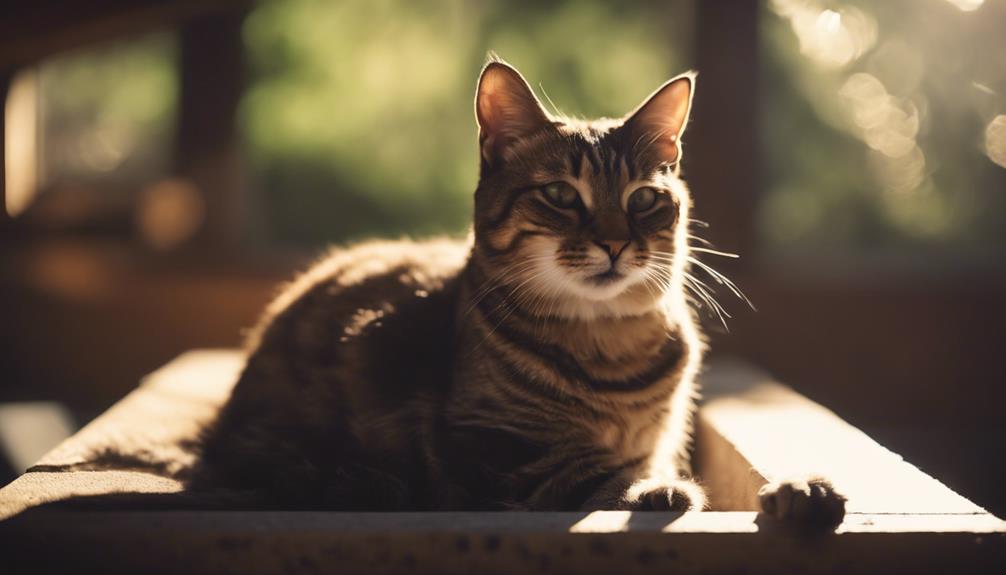
Cats thrive when they've ample space to call their own, promoting their overall well-being and contentment. Providing cats with designated areas for outdoor adventures and indoor retreats is essential for their physical and mental health. Outdoor spaces offer cats the opportunity to explore, engage their natural instincts, and get exercise. This freedom to roam outdoors can reduce stress, prevent boredom, and decrease the likelihood of behavior issues such as excessive scratching or marking.
Indoor retreats, on the other hand, are crucial for creating safe and cozy environments where cats can relax and recharge. These spaces should include comfortable bedding, hiding spots, scratching posts, and toys to keep them mentally stimulated. Having access to indoor retreats allows cats to have a sense of security and privacy, which is vital for their overall happiness.
Tips for Introducing New Environments
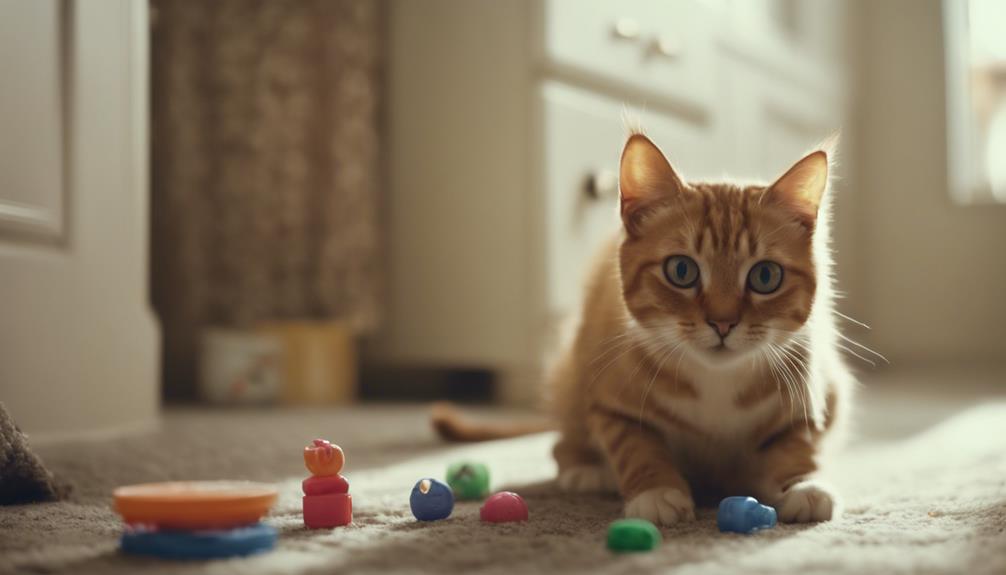
Introducing a cat to a new environment can be a gradual process that requires patience and understanding of their individual needs. Whether preparing for outdoor adventures or indoor introductions, following these tips can help ease the transition:
- Slow and Steady Wins the Race: Gradually introduce your cat to the new environment, starting with a small area and gradually expanding their territory to prevent overwhelming them.
- Comfort Zone Essentials: Ensure your cat has access to familiar items like their bed, toys, and scratching posts in the new space to provide a sense of comfort and security.
- Scent Swap: Swap bedding or toys between the new and old environments to help your cat become familiar with the new space through scent.
- Positive Reinforcement: Reward your cat with treats, praise, or playtime in the new environment to create positive associations and reduce anxiety.
Understanding Your Cat's Needs
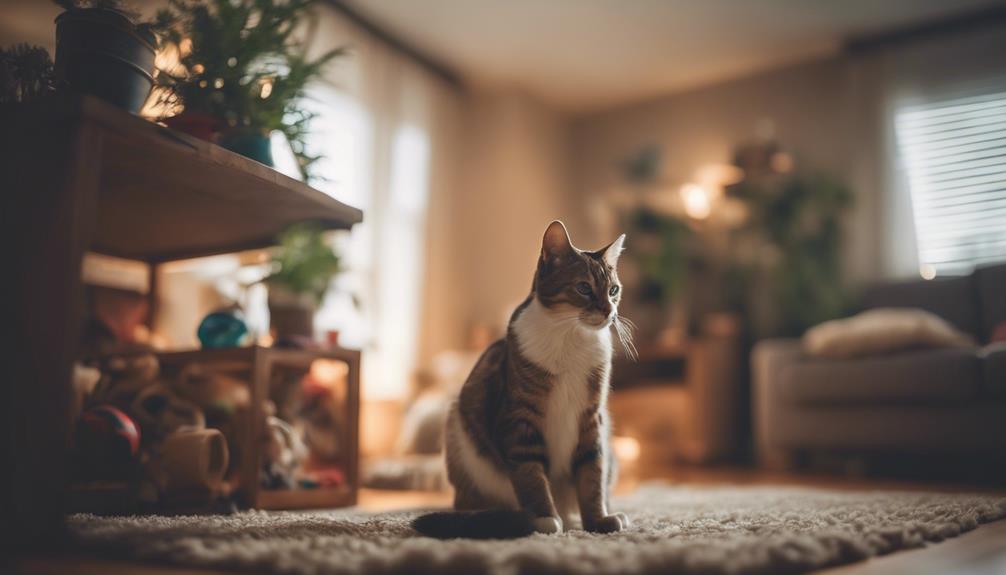
Understanding your cat's requirements is crucial for creating a supportive and enriching environment that promotes their well-being and happiness. To ensure you meet your feline friend's needs, it's important to consider factors like mental stimulation, bonding, communication cues, and body language. Providing adequate mental stimulation through interactive toys, puzzle feeders, and play sessions can help keep your cat engaged and prevent boredom-related behavioral issues. Bonding with your cat through regular positive interactions such as gentle petting, grooming, and quality time spent together can strengthen your relationship and build trust.
Below is a table highlighting key aspects of understanding your cat's needs:
| Key Aspect | Description |
|---|---|
| Mental Stimulation | Engage your cat's mind through toys and activities to prevent boredom. |
| Bonding | Strengthen your bond with your cat through positive interactions and quality time together. |
| Communication Cues | Learn to interpret your cat's body language and vocalizations for effective communication. |
Frequently Asked Questions
How Can I Tell if My Cat Is Feeling Overwhelmed by Socialization or Lack of Space?
Cats, like humans, require balance in socialization and personal space. Observing body language and stress signals can indicate if a cat feels overwhelmed. Providing interactive toys and enrichment opportunities can help meet their social and space needs effectively.
What Are Some Common Mistakes Pet Owners Make When Trying to Socialize Their Cats?
When trying to socialize their cats, common mistakes pet owners make include not understanding body language, rushing introductions, lacking patience, and inconsistency with boundaries. Proper introductions, boundary setting, and patience are essential for successful socialization.
Are There Specific Breeds of Cats That Require More Socialization Than Others?
Certain cat breeds exhibit varying degrees of socialization needs due to their distinct personalities. Understanding breed differences can guide effective socialization techniques and training strategies to ensure each cat's needs are met for optimal well-being.
Can Older Cats Benefit From Socialization and Having Their Own Space?
Like a cozy fireplace on a chilly night, older cats can benefit from feline enrichment and behavior modification. Bonding exercises and independent play can provide them with stimulation and companionship, enhancing their quality of life.
How Can I Help My Cat Adjust to a New Environment if They Are Showing Signs of Stress or Anxiety?
To help a cat adjust to a new environment when showing signs of stress or anxiety, identifying anxiety triggers and providing coping mechanisms is crucial. Bonding through play and providing enrichment activities can also aid in the adjustment process.










